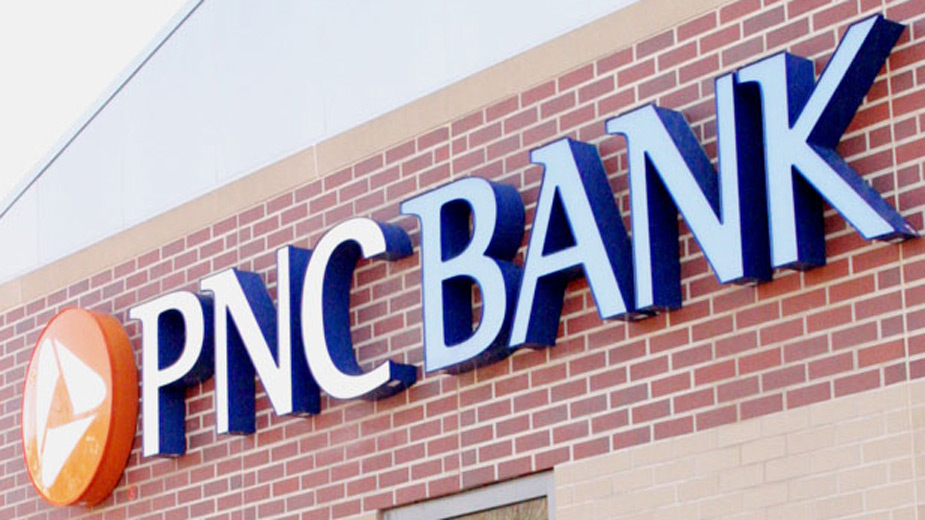Women Call Attention to Inequity on Equal Pay Day
YOUNGSTOWN, Ohio – The pay gap between men and women presents more than just a bottom-line problem for the gender on the short end of that economic measuring stick, advocates for equal pay argue.
Representatives of the Youngstown Business & Professional Women’s Club and the YWCA of Youngstown marked Equal Pay Day yesterday. April 14 – the 104th day of 2015 – represents how many additional days this year women had to work to earn as much as their male counterparts did by the end of 2014.
“Today women comprise nearly half of the workforce but only earn 78 cents for every $1 that a man in an equal position earns,” said Sarah Stafford, marketing director at JFS Wealth Advisors in Hermitage, Pa., and a YBPL member.
Stafford was among the participants in a news conference at the YWCA to call attention to Equal Pay Day and a mixer Friday evening at Magic Tree Pub & Eatery in Boardman. The event, which will run from 5 to 8 p.m., will provide an opportunity to network with other women and call awareness to the wage disparity issue, said Christina Perry, a client relations specialist with Keynote Media Group, Youngstown, and a YBPL member.
Several women at the news conference wore red, to symbolize being “in the red” in terms of pay in comparison to their male counterparts.
When a woman realizes she only earns 78% of what a man in the same position is earning, “Not only does that inhibit her growth in terms of her economic stability and caring for her family, but it also weighs on her professional development, her own confidence and her own inner ability that she can reach her full potential,” Stafford said.
The pay gap is present “in nearly every occupation, even those dominated by women and regardless of educational level,” added Leah Brooks, the Youngstown YWCA’s executive director. For women in Ohio the gap is slightly greater; they earn 77 cents for every dollar their male counterparts earn.
“The struggle for pay in the United States has been a part of America’s evolving sense of what is fair and just,” Stafford remarked.
This gap persists despite a history of efforts to call attention to the issue and legislation to attempt to address it. A February 1869 letter in The New York Times questioned why female government employees earned just $900 per year compared to an $1,800 annual salary for men, Stafford noted. In 1911, women teachers in New York were granted equal pay to the male teachers.
In June 1963, President John F. Kennedy signed the Equal Pay Act into law, making it illegal to pay men and women different wage rates for jobs requiring equal skill, effort and responsibility, she continued.
Since that law’s enactment, women have achieved higher levels of education and filled executive roles in government, the judiciary and private industry, but still have “a long way to go,” she acknowledged.
“The pay gap is even larger for women of color and grows as we age,” Brooks noted. The largest pay gap was for Hispanic women, who only earn 54% of what white males earn. Until age 35, women typically earn about 90% of what men earn. Median income after that for women declines to 75% to 80% of what men are paid.
There are several theories as to why the wage disparity persists, including women taking more time off for family issues, Stafford said. In some cases, women might lack the confidence to stand up for themselves and do something about the issue.
“Confidence is improving “ and organizations like YBPL and YWCA will help that progress continue, she added.
Pictured: Sarah Stafford, marketing director at JFS Wealth Advisors in Hermitage, Pa., and a member of the Youngstown Business & Professional Women’s Club.
Copyright 2024 The Business Journal, Youngstown, Ohio.


